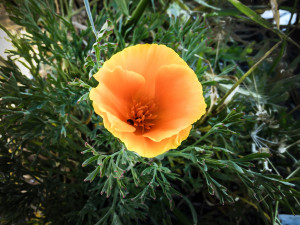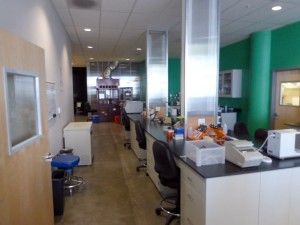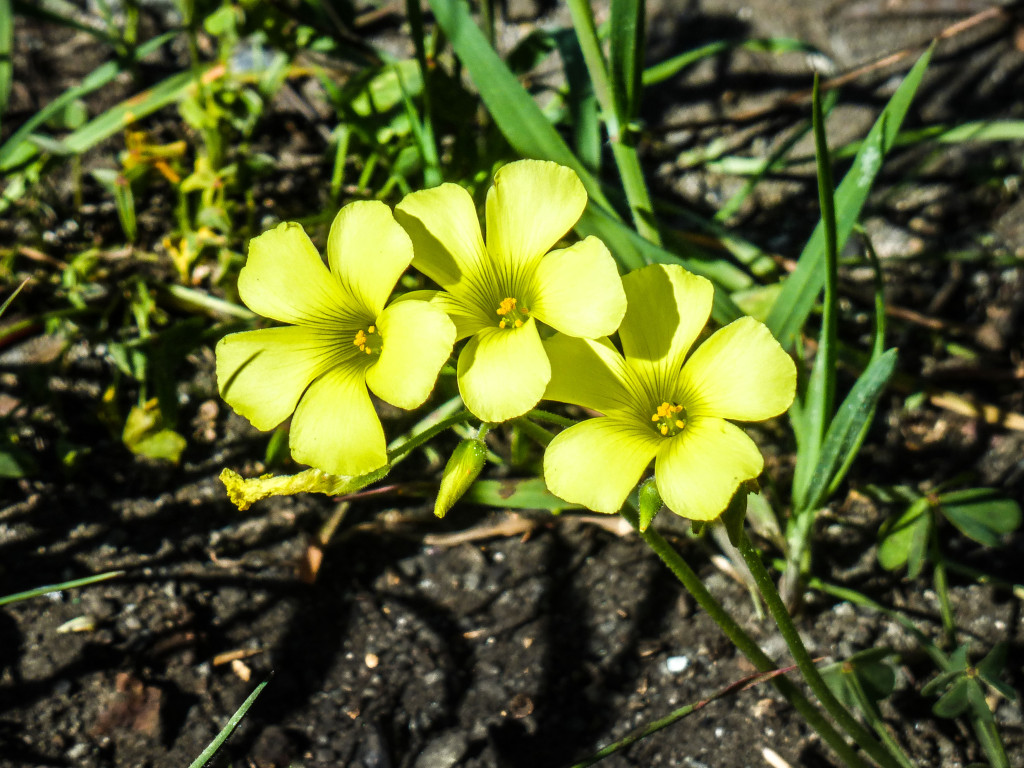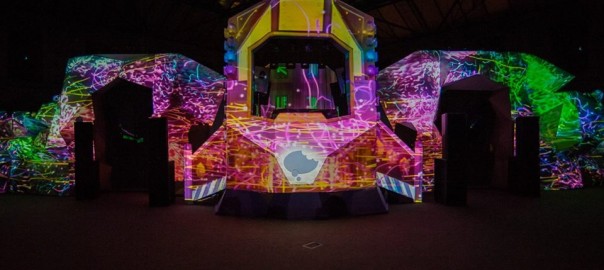The Immortal Life of Henrietta Lacks and the life sciences
I read The Immortal Life of Henrietta Lacks a few days ago.
I have opinions about science journalism - especially when it comes to the life sciences - and I dislike the tropes that make up a lot of these stories: the flash of insight, first confusion and then a clear and compelling solution, a desperate race to save/discover/preserve/advance. Often, 40 years of research is compressed beyond recognition to fit one of these neat boxes, and the slow steady work of investigation is glossed over. It’s work to tell these stories well, acknowledging the process of science and complexity of interactions behind a discovery.
The Immortal Life of Henrietta Lacks is one of the well-told stories. HeLa cells are ubiquitous in science - they have been used to investigate everything from polio to aging. Ten years of detective work and intense personal effort by author Rebecca Skloot brought her to the origin of those cells, and the resulting book is a densely interconnected narrative about the people who practice science and their culture. On each page, Ms. Skloot sets the abstract scientific world immediately adjacent to the one we live in every day.
When I brought up this book to a scientist friend of mine, he said he’d read it, and he had some thoughts on the book. “The science story was really well told. But the parts about the family, the parts about the Lacks? Those were boring and didn’t hold my attention at all.”
“The science story was really well told. But the parts about the family, the parts about the Lacks? Those were boring and didn’t hold my attention at all.”
The HeLa cell’s rise to fame is compelling - you watch the progress of decades of tissue culture on the page, from the “That’s weird” moment of discovery to the production of billions of cells for use everywhere in the world. But they aren’t the heart of the story.
HeLa cells came from a tumor that looked like grape jello, growing on the cervix of a woman named Henrietta Lacks. Immortal Life was written because this scientific discovery was wrapped up in a black mother of five in 1960’s Maryland relying on a white man in a position of power to help her. With all of the social tensions held in that sentence, maybe it isn’t surprising that the black woman was lost.
Scientists are trained to zero in on the curious and the unexpected. The doctor had never seen a tumor like that before, and he never saw one after that. It was different, and therefore interesting. Working at John’s Hopkins he’d seen a lot of black women though, poor black women who had larger families and were not in the best health. To the doctor - and to my friend - Henrietta Lacks was less interesting than the thing growing inside of her.
This was 50 years ago, and since then doctor-patient relationships have gone through dramatic change. But in other areas, science and the people who practice it remain remarkably similar. Science can still see itself as isolated from the rest of the world, separate from politics and culture. In gathering input or sharing information, communities can still be treated as obstacles rather than partners. There is still surprise that language meant for scientific peers could be confusing to other audiences, conveying anything from indifference to the exact opposite of the intended message. One of my scientist friends finds Henrietta Lacks and her family boring.
Until The Immortal Life, research into the family or the origin of the cells used around the world was carried out with an attitude of objectificaton. The reporter that says “I just thought they might make some interesting color for the scientific story” is a reflection the scientist that says “The parts about the family were boring.” The Lacks are not real people in any meaningful way, they are vehicles for the story of scientific progress.
If that sounds utterly unfair, consider this excerpt from the laboratory assistant present at the autopsy, looking at the body of Henrietta Lacks and noticing her bright red toenails:
“When I saw those toenails,’ Mary told me years later,”I almost fainted. I thought, Oh jeez, she’s a real person. I started imagining her sitting in her bathroom painting those toenails and it hit me for the first time that all those cells we’d been working with all this time and sending all over the world, they came from a live woman. I’d never thought of it that way.”
Science abstracts. It takes apart complicated interconnected objects and categorizes the pieces, splits a person into bones and muscle and brains and then splits those organs into even smaller pieces, into individual cells. Today we separate individual cells into proteins and small molecules and DNA and as we do, we learn more about the starstuff we are made of. Science abstracts. But scientists have to do more than that.
In The Immortal Life of Henrietta Lacks, the author sets out to make the Lacks real people. While most of the scientists involved assure her that Henrietta and her family were willing participants in this story, one scientist takes a few minutes of time to apologize to the Lacks family for the way they’d been ignored, 40 years after the fact. No one ever had done that before. He suggested that his institution, Johns Hopkins, had screwed up. No one had ever done that before. He offers an art piece to the family, dyeing their mother’s chromosomes in fluorescent colors, and showing them the beauty in her contribution. No one had ever done that before. He explained that the cancer that killed their mother, the cancer that gave rise to the HeLa cells, that cancer was not hereditary, and would not kill them too. No one had ever done that before either.
He explained that the cancer that killed their mother, the cancer that gave rise to the HeLa cells, that cancer was not hereditary, and would not kill them too. No one had ever done that before either.
The scientist didn’t need to do those things, but it made a difference. These are the questions that the Lacks family ask when they are finally able to talk with an expert that sees them as people:
“Everybody always talking about cells and DNA - but I don’t understand what’s DNA and what’s her cells?”
“Wait a minute - none of our mother’s regular cells are still living? Just her cancer cells?”
“If those our mother’s cells, how come they ain’t black even though she was black.”
It’s easy to disregard these questions as uneducated, especially when they’re asked in an unfamiliar dialect. So let me rephrase them here: What is the relationship between DNA and cells? Can my mother be reduced to the DNA within her cells, is that all there is to her? How does genetic information become part of the world we know, the dark skin or warm hands or friendly smile of someone we love? And here’s a version of the question that we might be more familiar with - If I add a gene from a fish to a tomato, will it taste like fish?
What is the relationship between DNA and cells? Can my mother be reduced to the DNA within her cells, is that all there is to her? How does genetic information become part of the world we know, the dark skin or warm hands or friendly smile of someone we love?
Sometimes, these are questions are requests for information. More often they are questions about the concept of wholeness and how the self is linked to the DNA. When scientists provide strictly informational answers, they’re ignoring the fact that they are now part of a philosophical discussion on the nature of the self and the idea of completeness.
These concepts - you could use the word soul if you wanted - have inextricably worked themselves into the discussion around the building blocks of the life sciences for most people. In this situation, a technical explanation doesn’t just answer the wrong question, it makes the person asking the question feel as if the scientist is saying “Don’t ask that - it doesn’t matter.”
It does matter though. The questions asked of today’s life science tools by parents and grandparents are the same questions asked back through the decades, beyond the introduction of genetic engineering, straight back through the dawn of tissue engineering. The hysteria generated by the media is the same hysteria. When George Church suggests that we’d need an adventurous woman to bring the reconstructed genome of a Neanderthal to life, the ghost of Henry Harris rises into the headlines, shouting that we can create a “mape” by joining the eggs of man and ape. The fear the public has of prideful amoral science gone awry is the same fear it has always had. The gulf in understanding between scientist and non-scientist is perhaps even wider than it was before, even if it is not institutionalized in the same way.
I’m not sure what the whole answer is to this is, but I know that it isn’t a crash course in molecular biology or derisive comments or reassurance that no, that won’t happen. I think it starts with hearing the care people have for their family and their business and their health instead of focusing on the technical inaccuracies of their question. Thanking them for having the courage to ask and for giving you the opportunity to answer couldn’t hurt, and neither would having the grace to say “I disagree” without attempting to persuade them that your position is the right one or being offended that they do not share it. Maybe most importantly, we might acknowledge that science does not have all the answers.
We have the power to bridge this gap in a compassionate and caring way, but first, we have to have the courage to share that there is more to us than what we do in the laboratory.
There are those, like my friend, who will argue that this discussion is not part of science. This is some other type of thing that has nothing to do with precision or measurement or discovery, the processes that form the foundation of unbiased, dispassionate discovery. He has a point - the process of science doesn’t allow for metaphysical questions. But science doesn’t get done without scientists, and scientists are people first and foremost. We must be able to come back from the abstractions that help us learn about the world, in order to participate in the much messier world we live in.
This is the first of what I hope will be a long series of writings that encourage scientists, especially new scientists, to let their humanity shine through their work and into their conversations. I’m going to work on shining a light on those scientists who see parallels between protein engineering and writing Shakespeare, the minds that encourage exploration and unexpected connection in their laboratory. Let the machines count and measure–that is what they do best. Let the scientists tell stories about the world.













